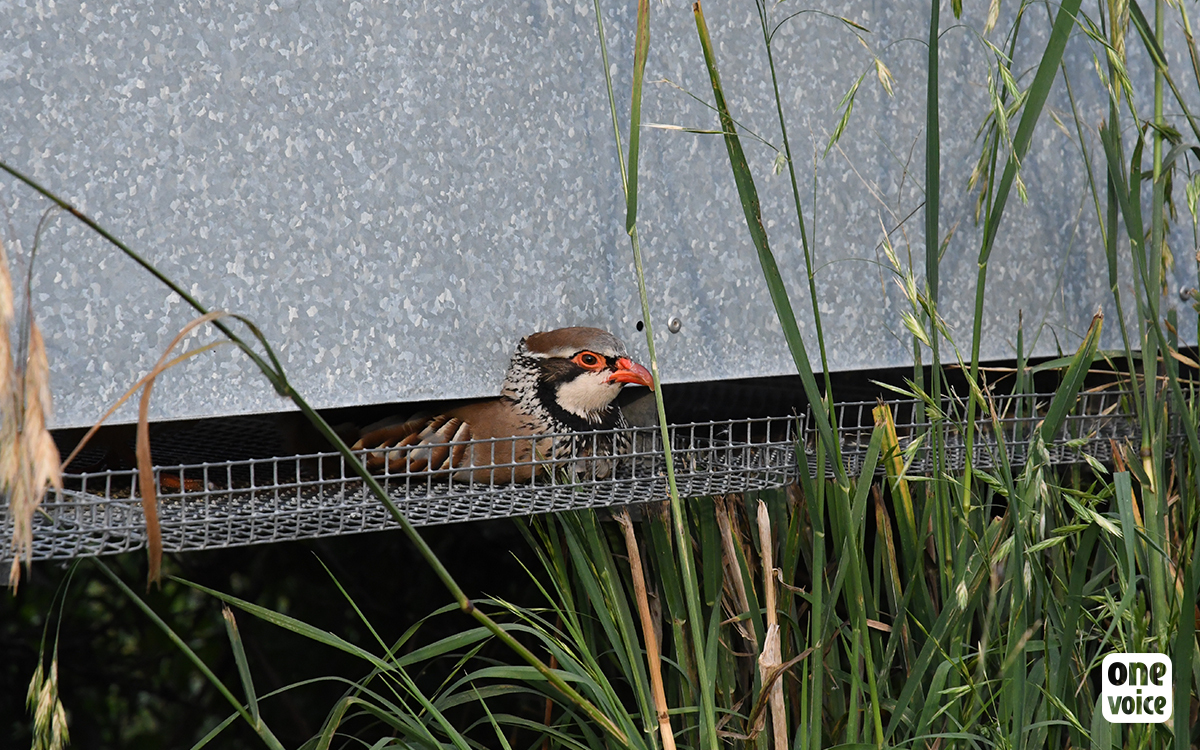
Breeding for hunting, reasons to say stop
In addition to our article on the plight of pheasants and partridges bred for hunting, some facts and figures to denounce this cruel business that’s made in France.
It is estimated that in France over 50 years 1 billion animals have been raised and released for hunting. Each year, 30 million “game birds” are bred in France (1/3 are exported), including 14 million pheasants and 5 million partridges and 1 million mallards for French hunters. Added to this are deer, hares and rabbits, and hybridized boars …
An omertà (code of silence) on the business?
All of this is unfortunately thanks to public funds (subsidies paid to hunters for their “public services “) that this system continues, maintaining a sector exceeding 150 million euros annual C.A. But except for the thrill of some hunters, nothing justifies this suffering, organized on a chain of industrialized farms, who’s environmental and health impact remains hidden. Because in France there are as few administrative constraints and controls on the release of animals for hunting as studies conducted to verify the consequences. This weak supervision visibly questions the citizens concern over the use of their taxes more than the State itself.
Attacks on the biodiversity
The official discourse of the hunters, which evokes releasing for restocking, does not hold water: most of the released birds do not see the following spring. They are more often quickly killed, where they die before they have even crossed a gun, facing predators, diseases and feeding difficulties to which they have not been prepared for.
While these releases make population counts more complex, overall, wild bird numbers remain low or are even in decline, especially with the venerated pheasant. So, the infernal cycle continues in order to feed the hunting clubs, livestock birds are then released on mass in France: in fact, the same number as wild animals that actually exist throughout Europe!
They declare many animals as a nuisance because of the damage inflicted on the crops, and so for hunting, millions of birds are released like pheasants, who adore young plants, berries or seeds and who frequent mainly cultivated areas!
A sanitary nonsense
Practiced at a quasi-industrial level, this breeding includes a whole arsenal of chemicals (antioxidants, deworming, vaccines, virucides, fungicides, bactericides and antibiotics) distributed into the food and water. Diseases and parasites are nonetheless common in farms, and no scientific study has really studied the risk of contamination to wildlife.
The effect from these multiple releases has seen: genetic alterations of wild populations, a massive impact on natural prey (insects, snails) and therefore epidemic risks on already fragile populations (especially if the released animals are combined with the indigenous populations to densify their numbers). Rather than conducting these studies, the State prefers to be complacent with hunters by helping, through its specialized institutes, to genetically improve breeding lines to “produce” animals suitable for hunting: attractive, but not too mobile.
The images reported by One Voice of these farms, who are so discreet, are appalling. Life in such concentrated environments, crammed in together is totally incompatible with the biological needs of these animals. And would the suffering they endure be legitimate since, in any case, they were born to eventually die? Disgusting cynicism … The so-called well-being on these farms, it would be necessary to start with the worst ones first.
#LaChasseUnProblemeMortel: Please sign our petition, come and say “No” to hunting with us at the big anti-hunting event organized by One Voice and its partners in Paris on October 5th.